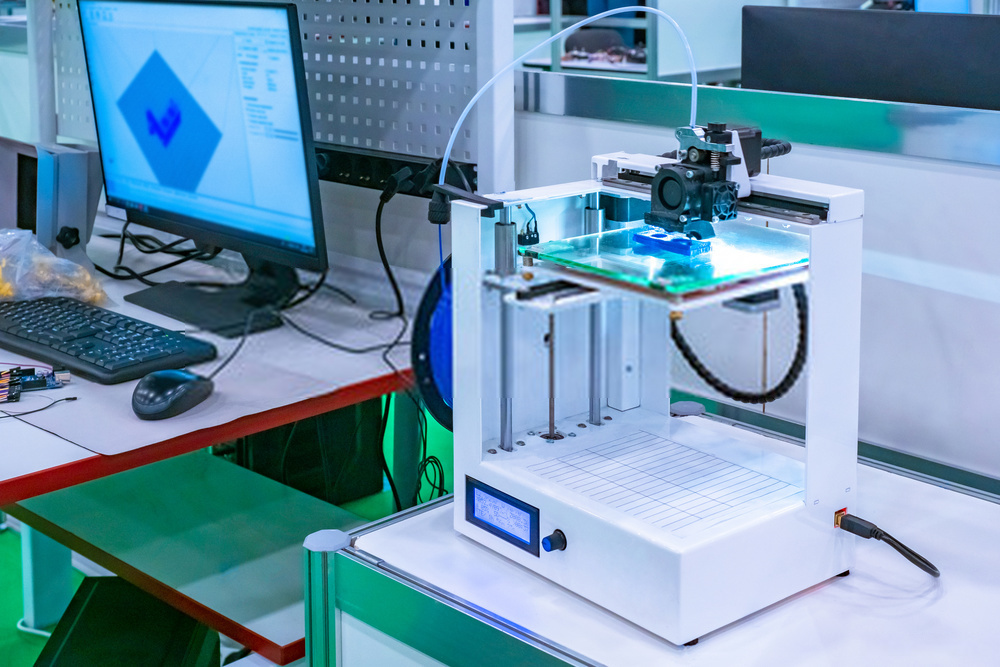
Of course, for some objects, a 5% (or lower) infill might be enough, especially large simple parts printed with PLA. 10-20% is the ideal balance between strength, print reliability, print time, and material consumption. Our testing revealed that the best density setting is 10-20%, and we implemented this value in our PrusaSlicer profiles. Most of the time, it makes very little sense to set the infill density higher than 40 %. With proper infill settings, you can save a lot of material and time but also create some interesting patterns on the surface. It’s pretty much obvious that the best solution lies somewhere in between. If you decide to print a model without an infill, you’re risking that the surface of angled walls and top layers will be compromised – there might be small gaps or even large holes. Also, in most cases, solid models won’t provide better mechanical properties compared to models with a sparser infill. Solid models (100% infill) consume large amounts of filament and time. This helps keep the model solid and prevents gaps and holes from appearing on the object’s top surfaces.

Infill provides internal support for top layers, which would otherwise have to bridge over empty space. Instead, we use a method that fills the inside of an object with a sparse supporting structure. If you are a 3D-printing pro, you may want to skip this chapter, but it never hurts to brush up on the basics, right?ģD printed models are rarely printed solid (100% infill) or completely hollow.

Infill: inner structure of your 3D printsįirst, let’s do a quick recap of what an infill is and why it is important. Which infill should you choose? Is there a single universal pattern that works for every model? Or should you pick depending on a specific case? Let’s take a look at what can be accomplished by using the right kind of infill and adjusting its parameters.

Now, with the sheer amount of options, you might even feel overwhelmed with all the possibilities. You may have noticed that there are new infill patterns in our new version of PrusaSlicer (2.3).


 0 kommentar(er)
0 kommentar(er)
